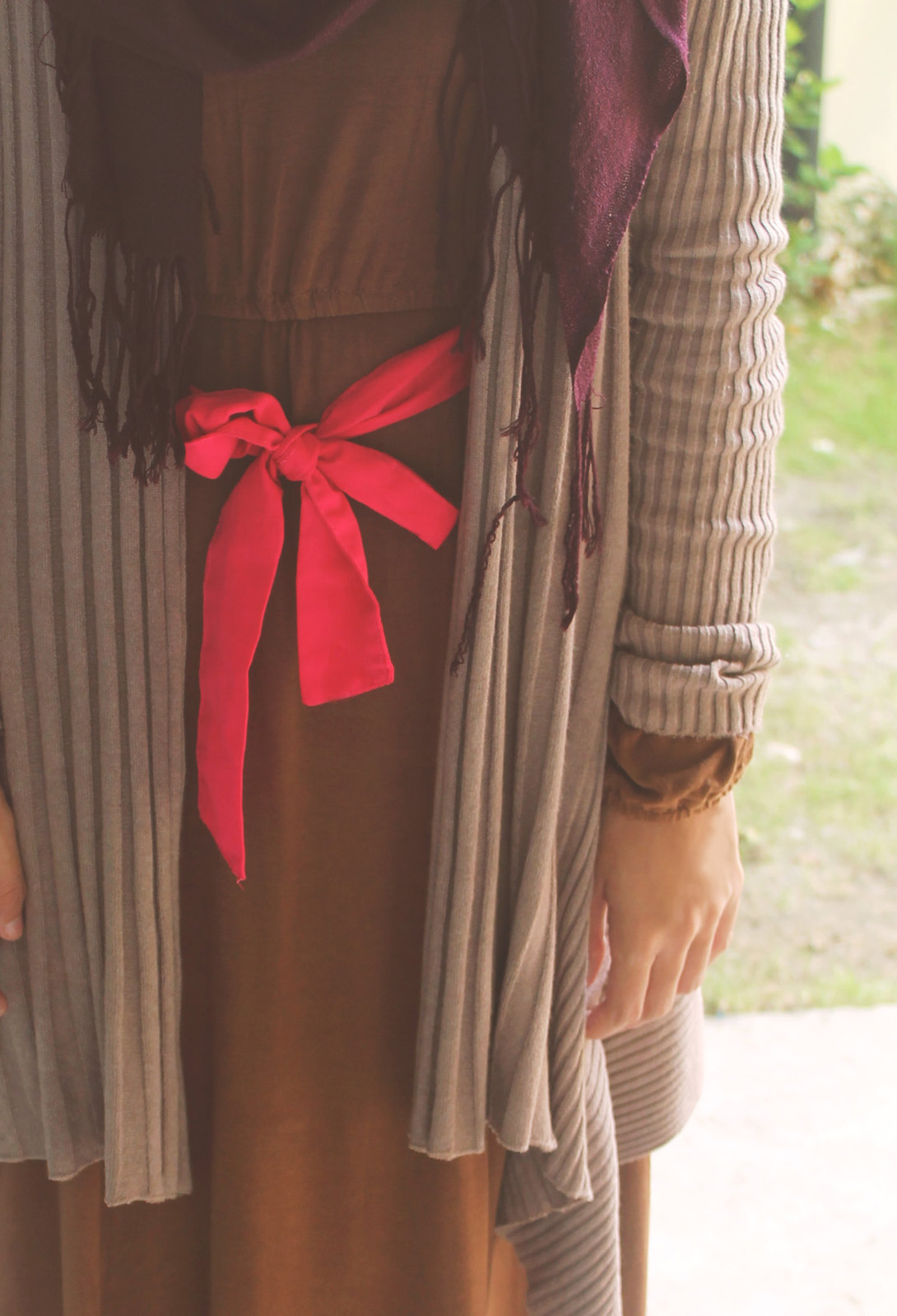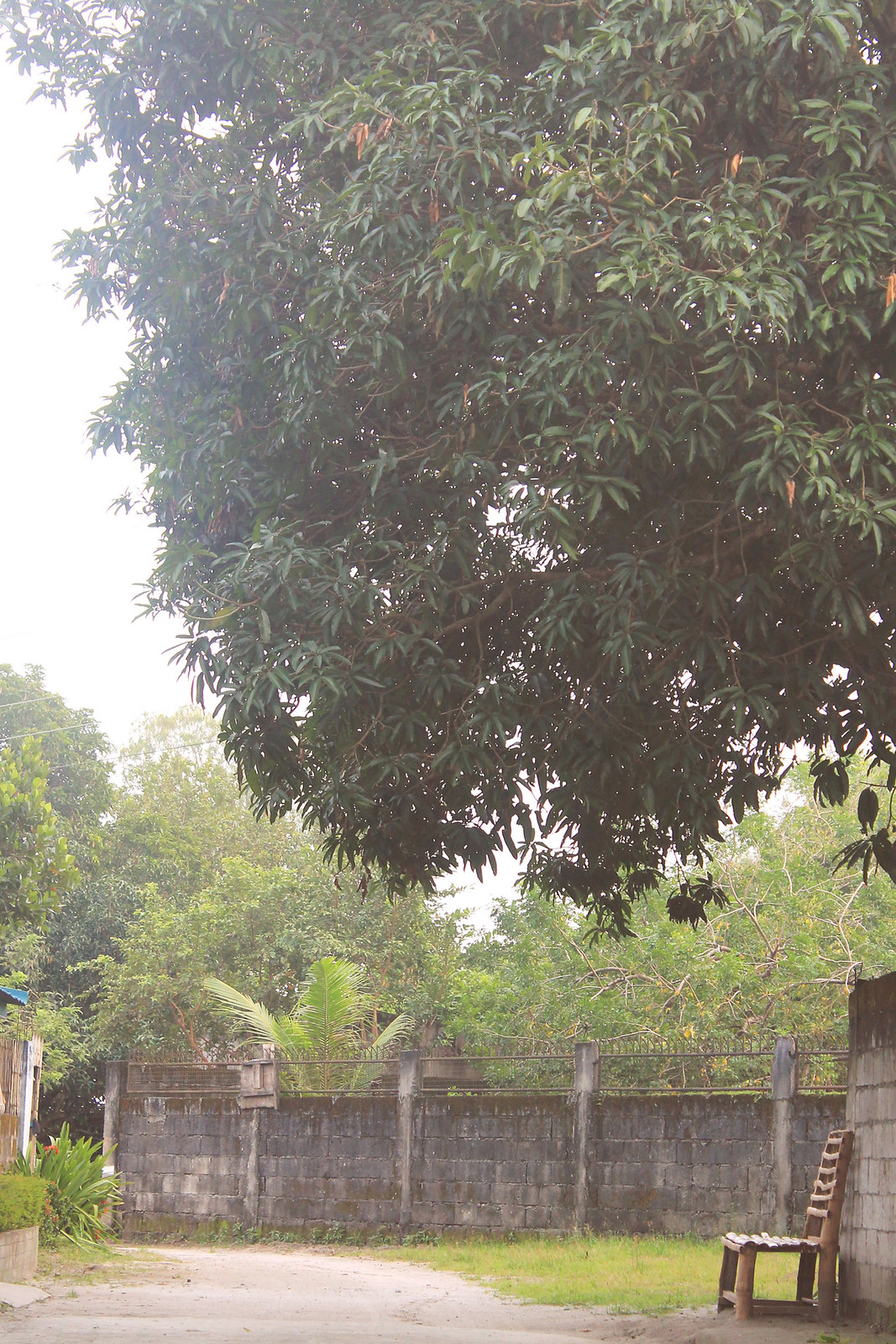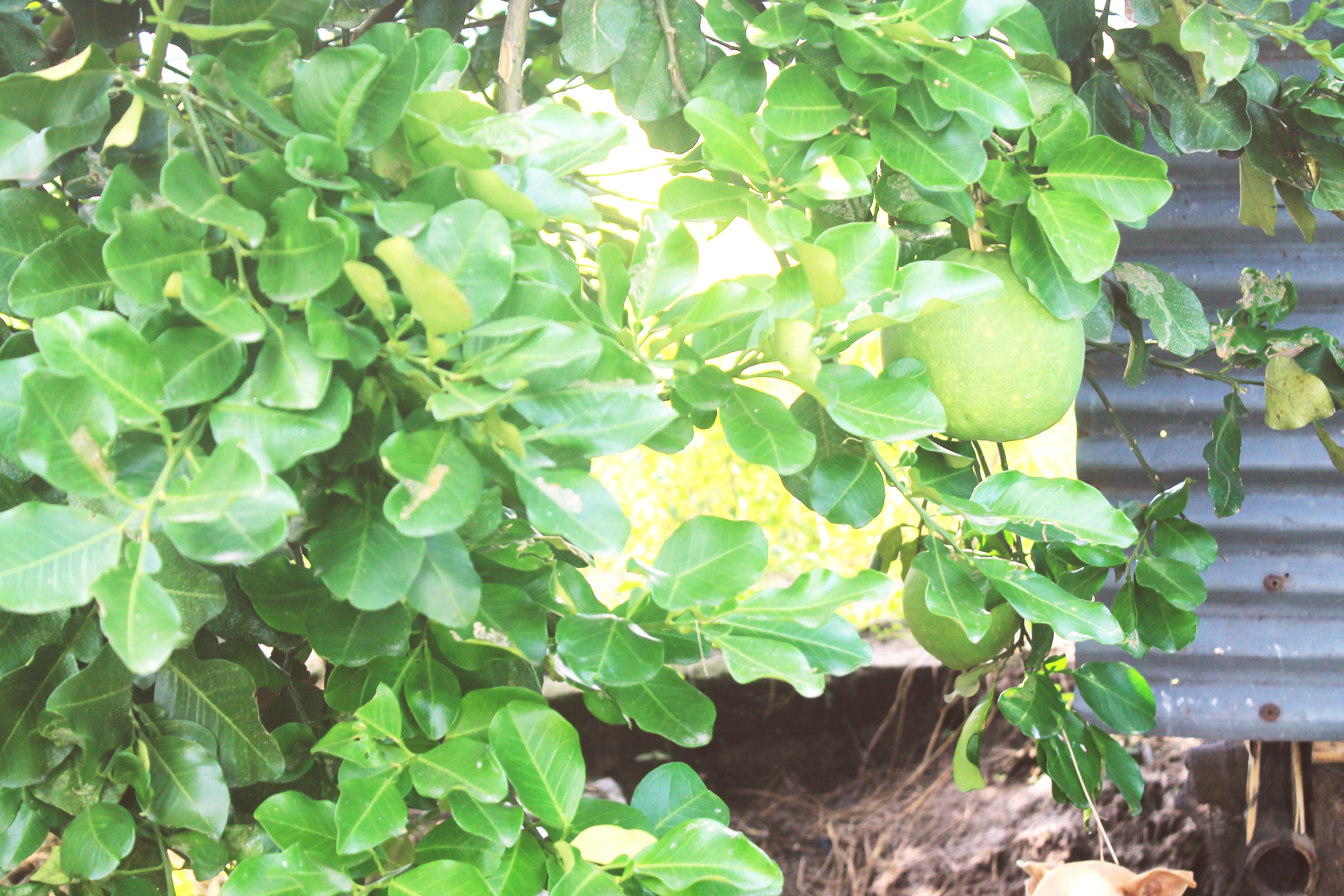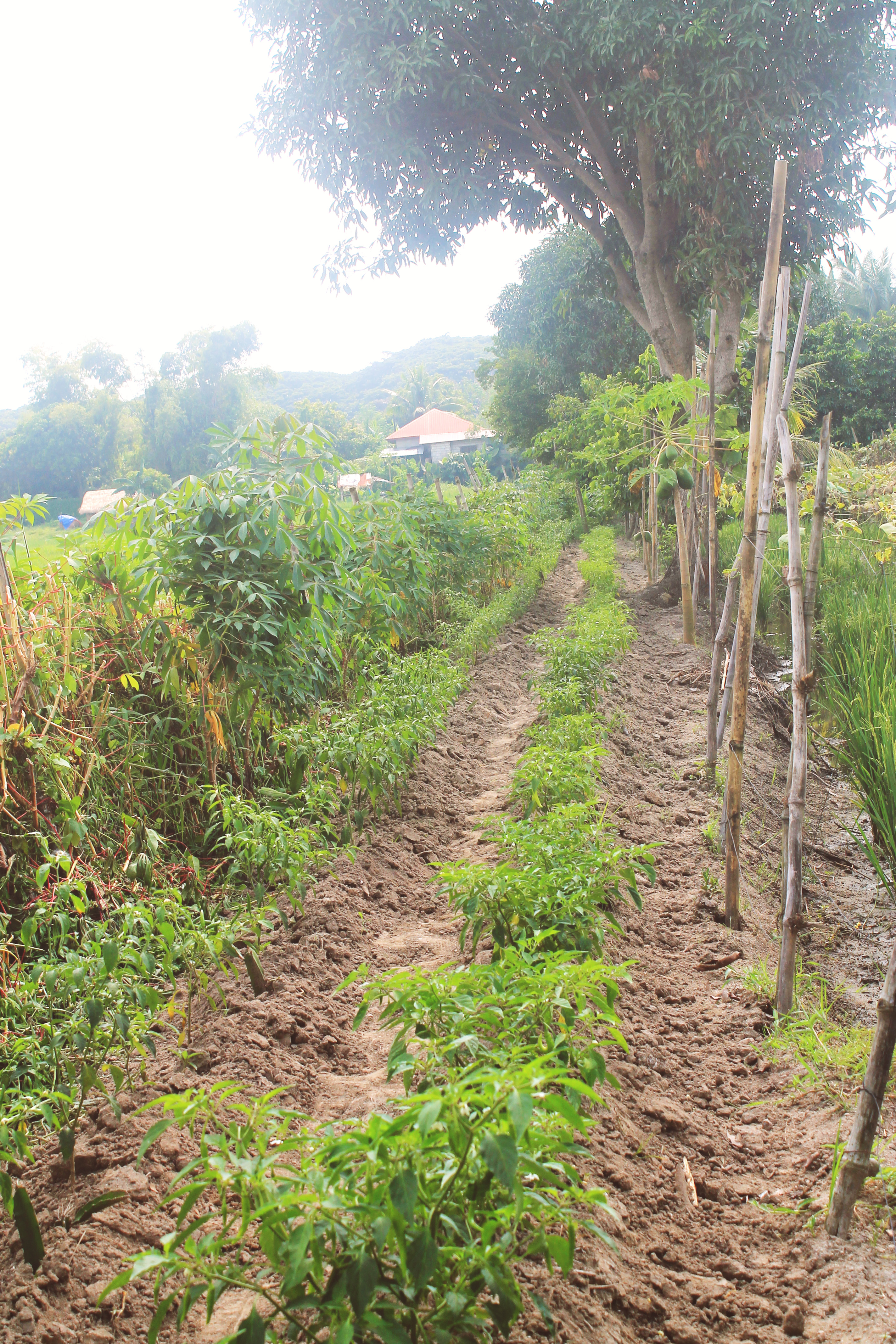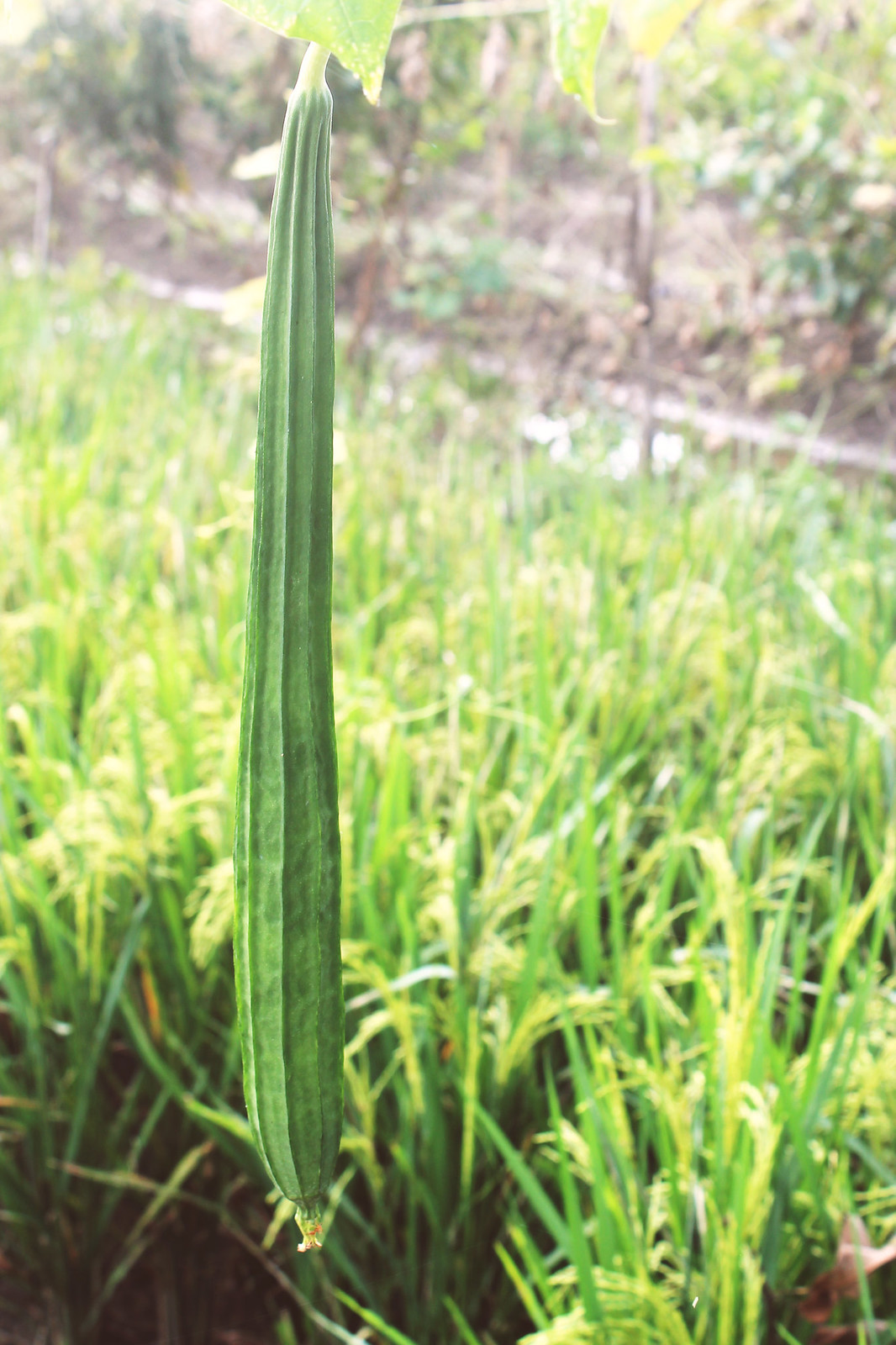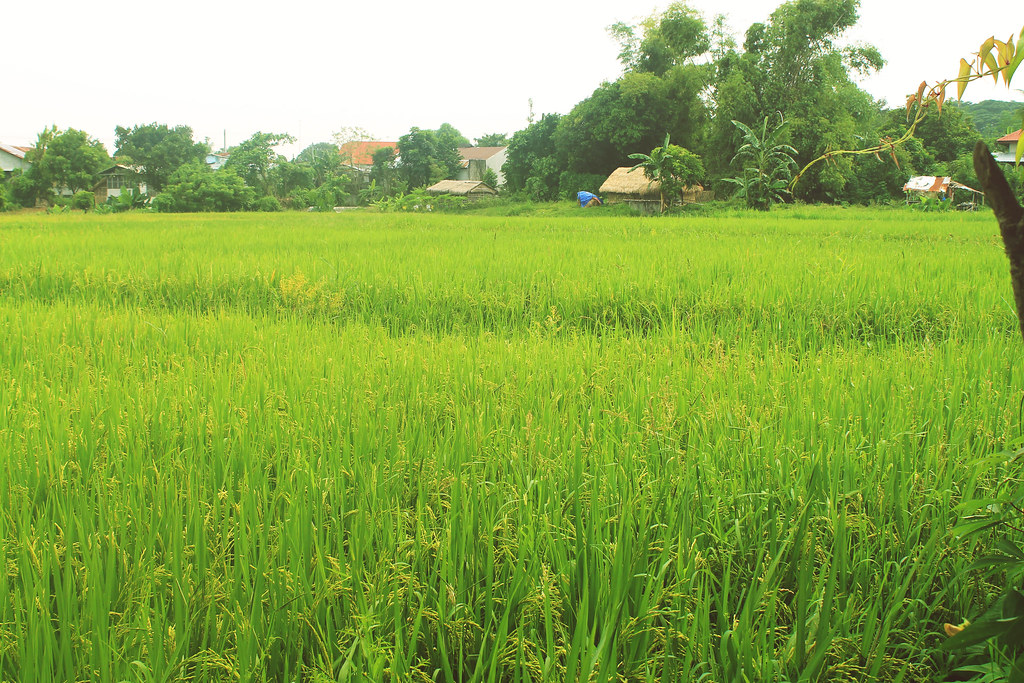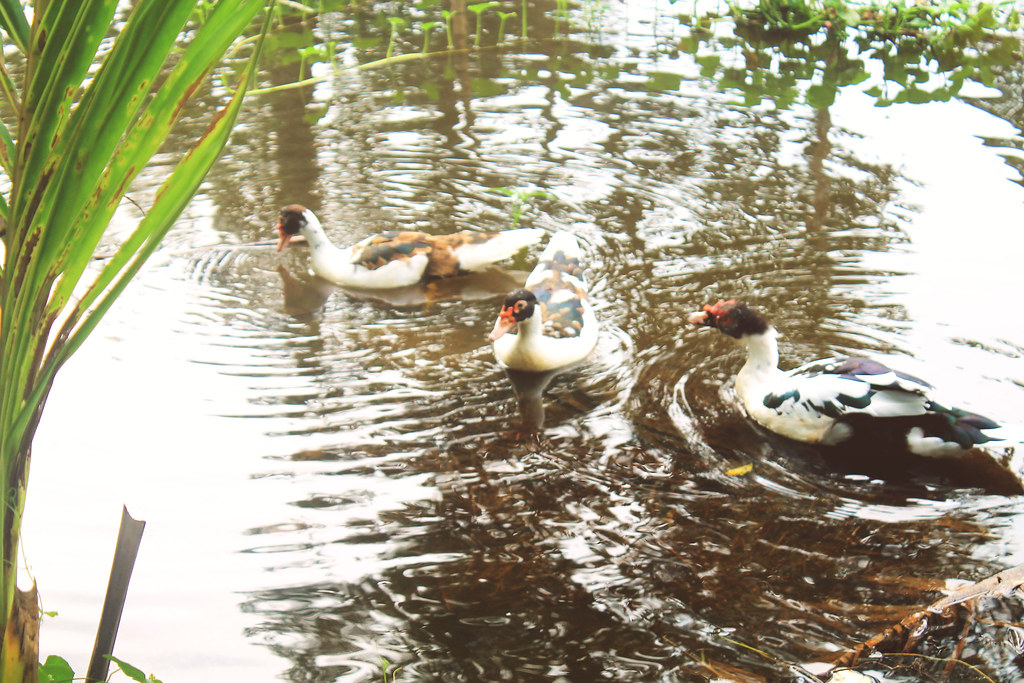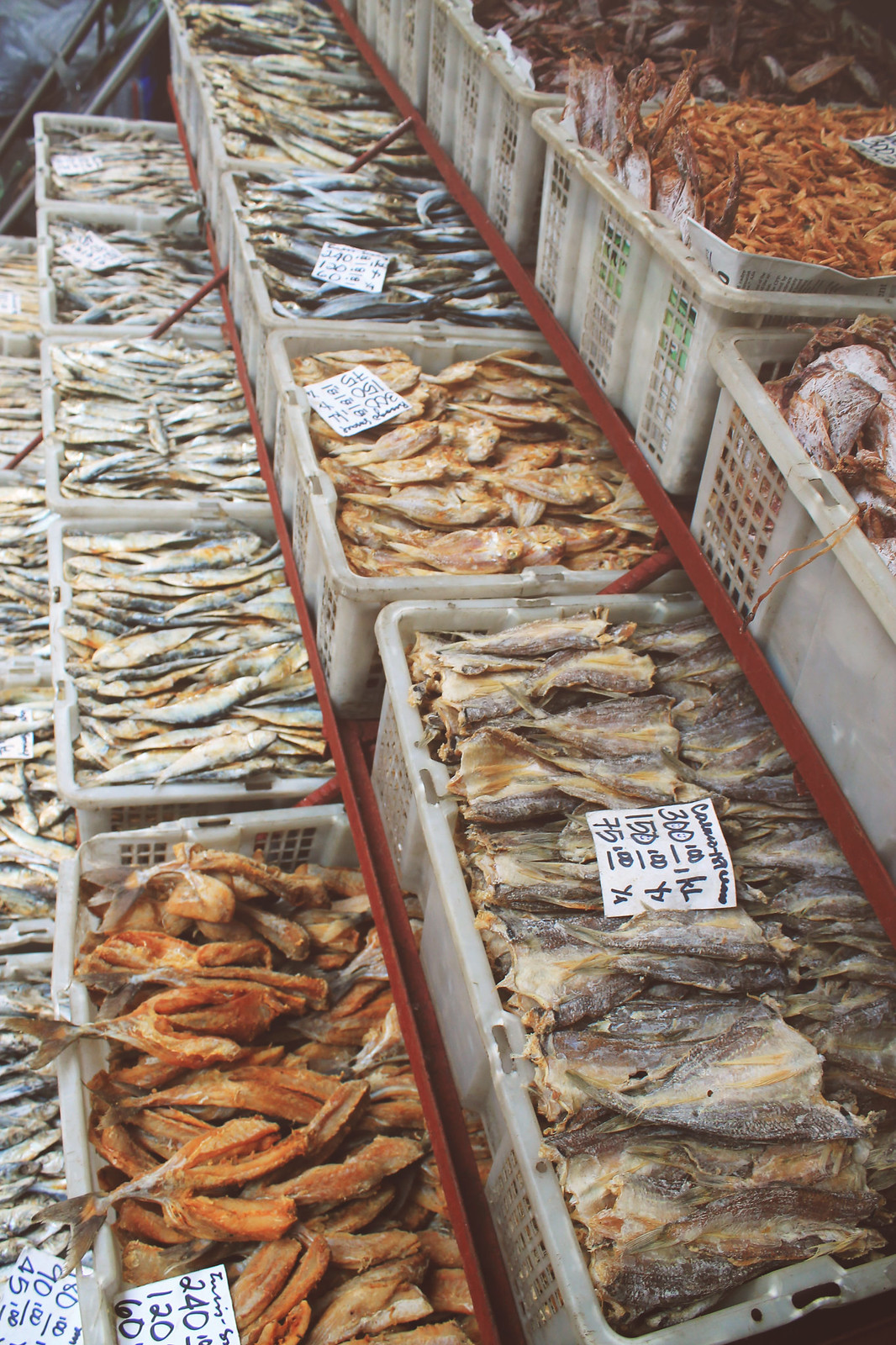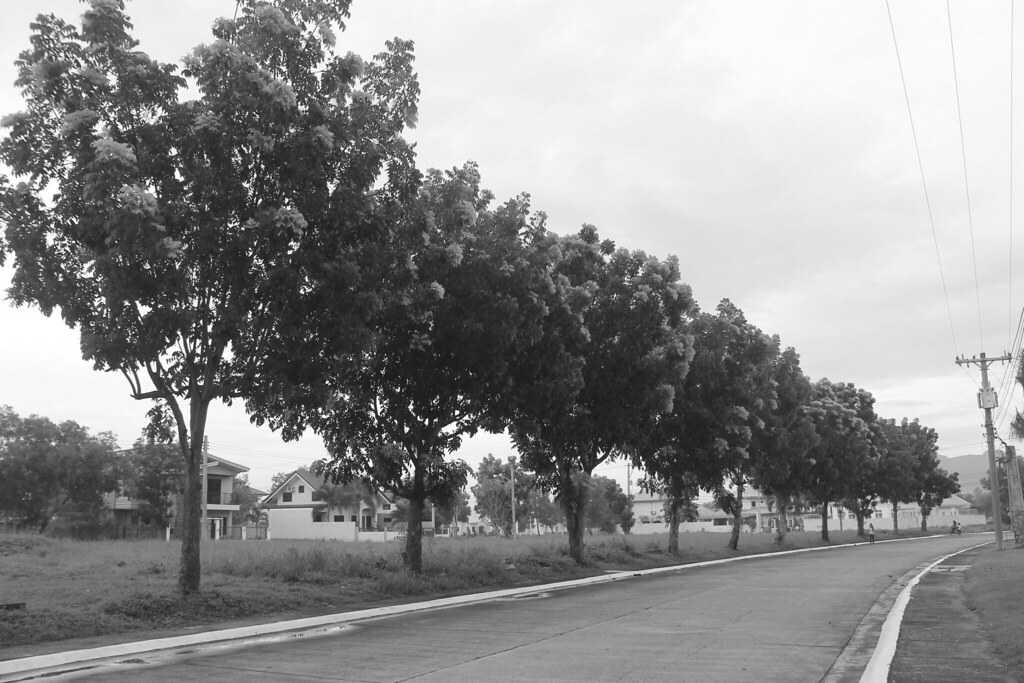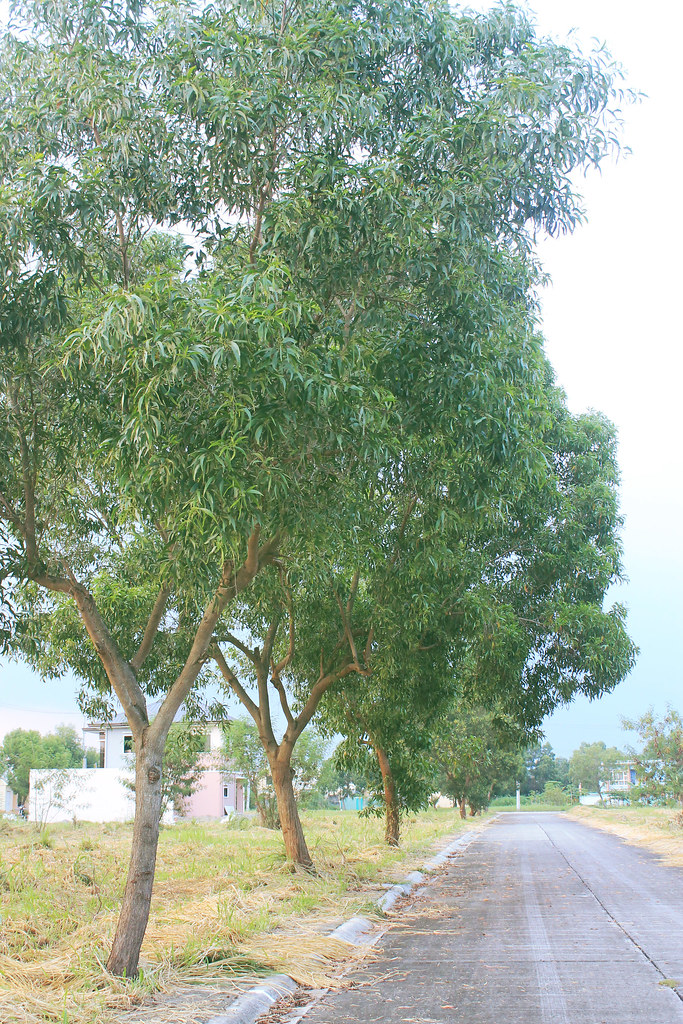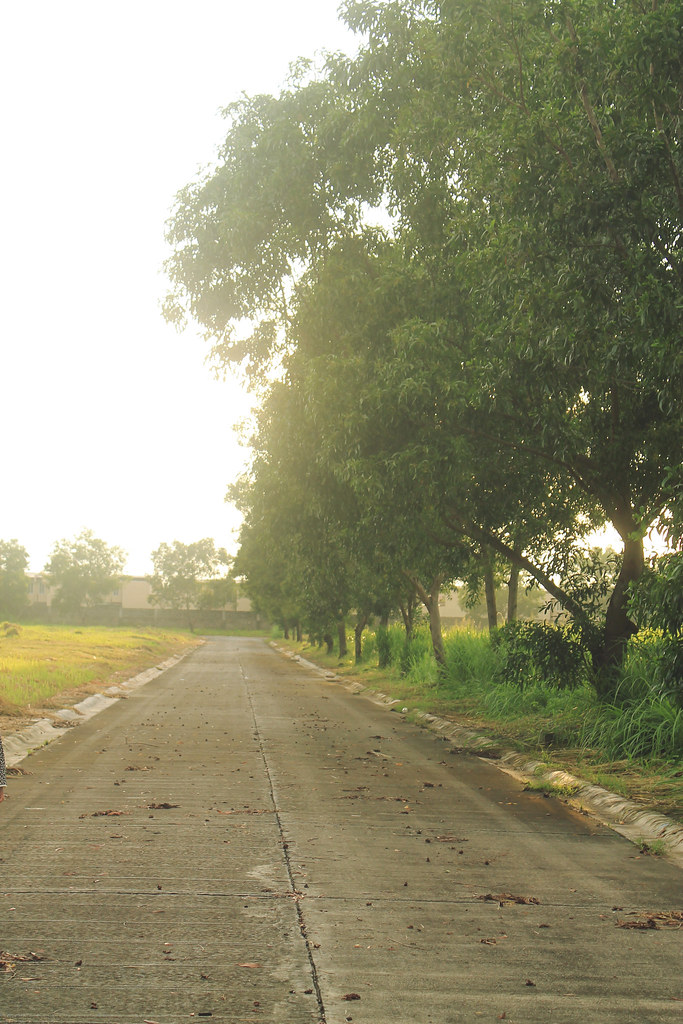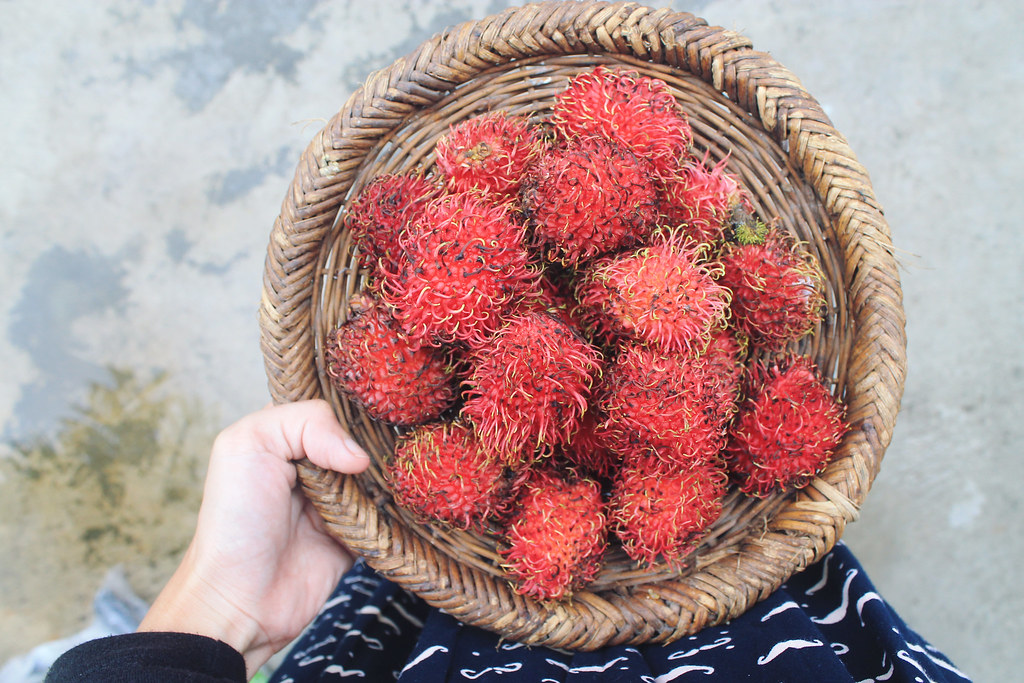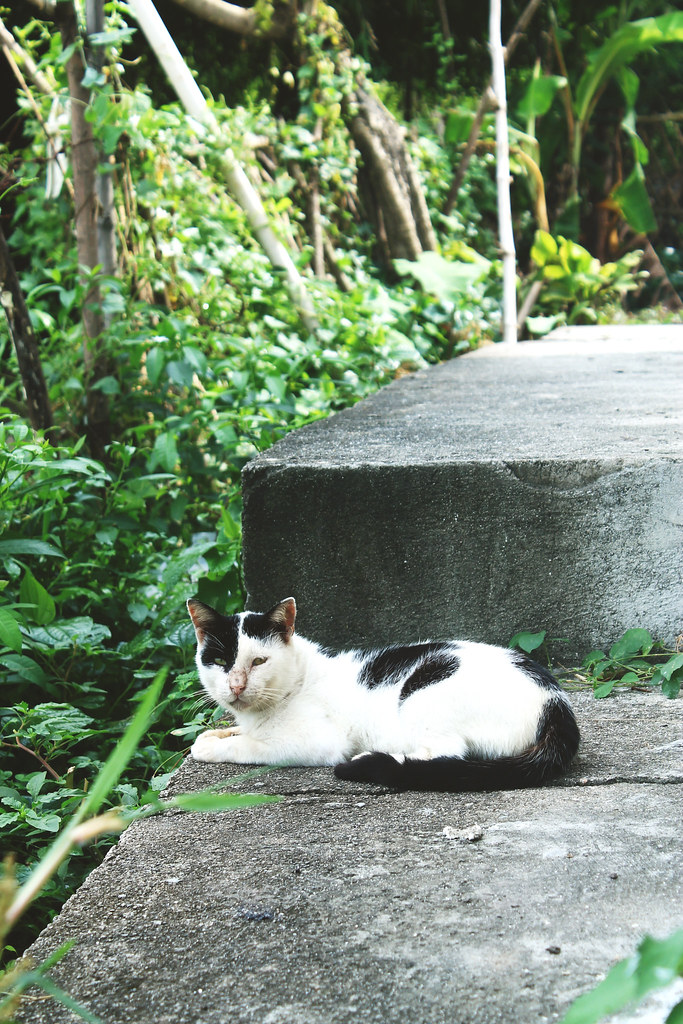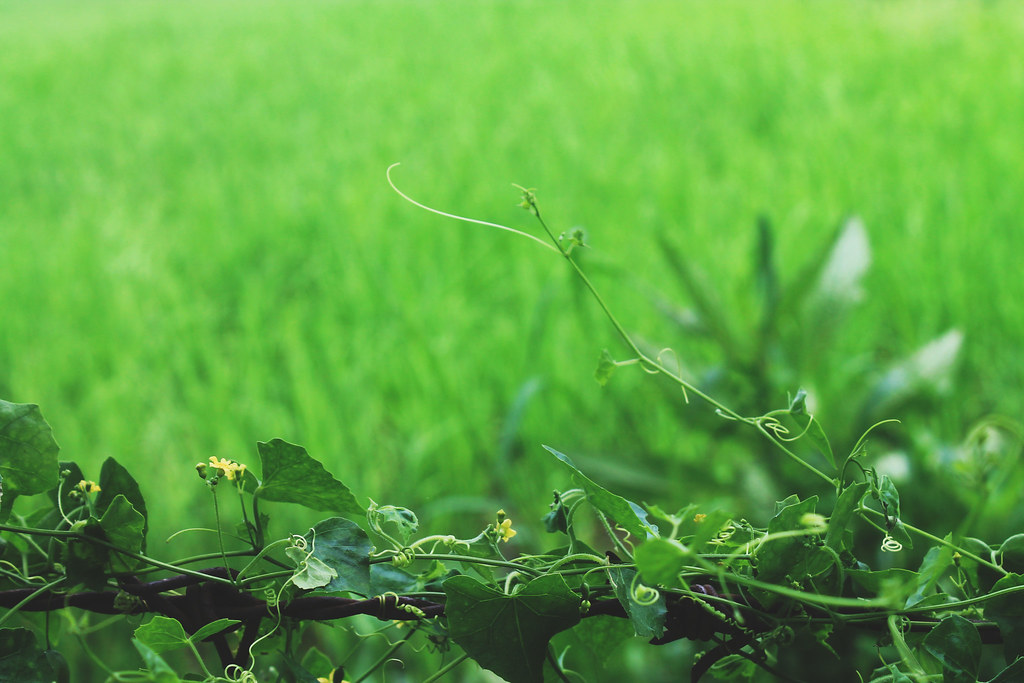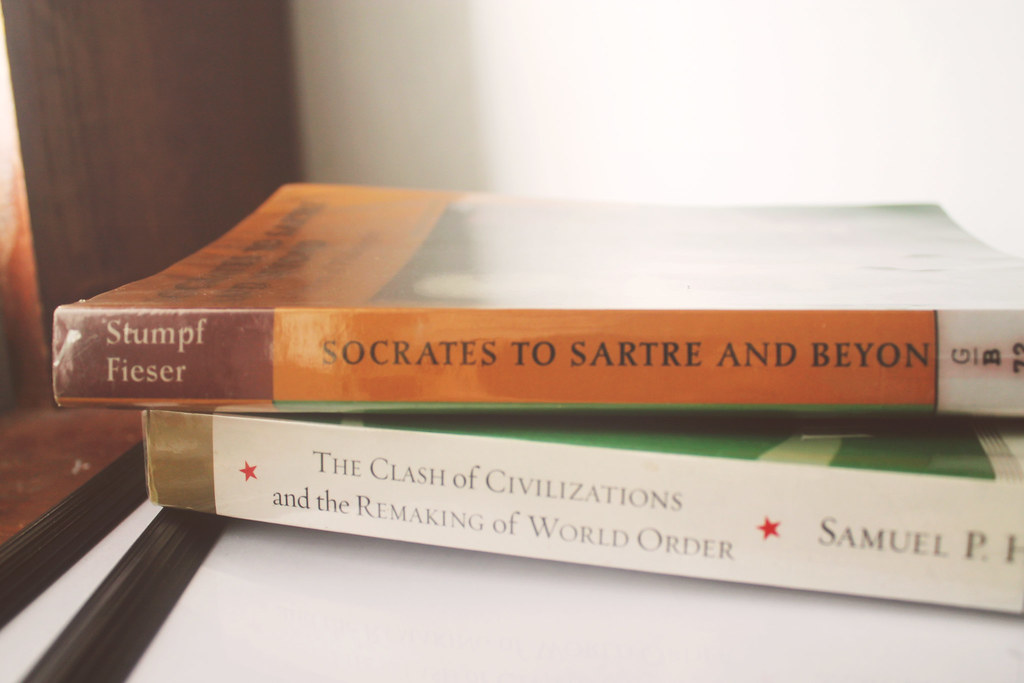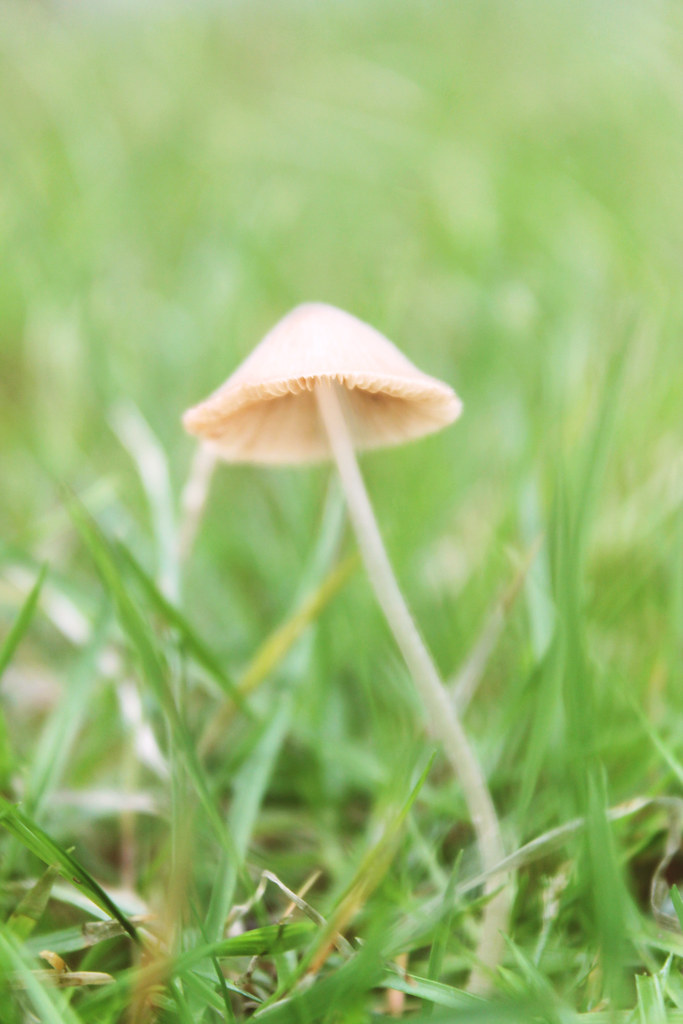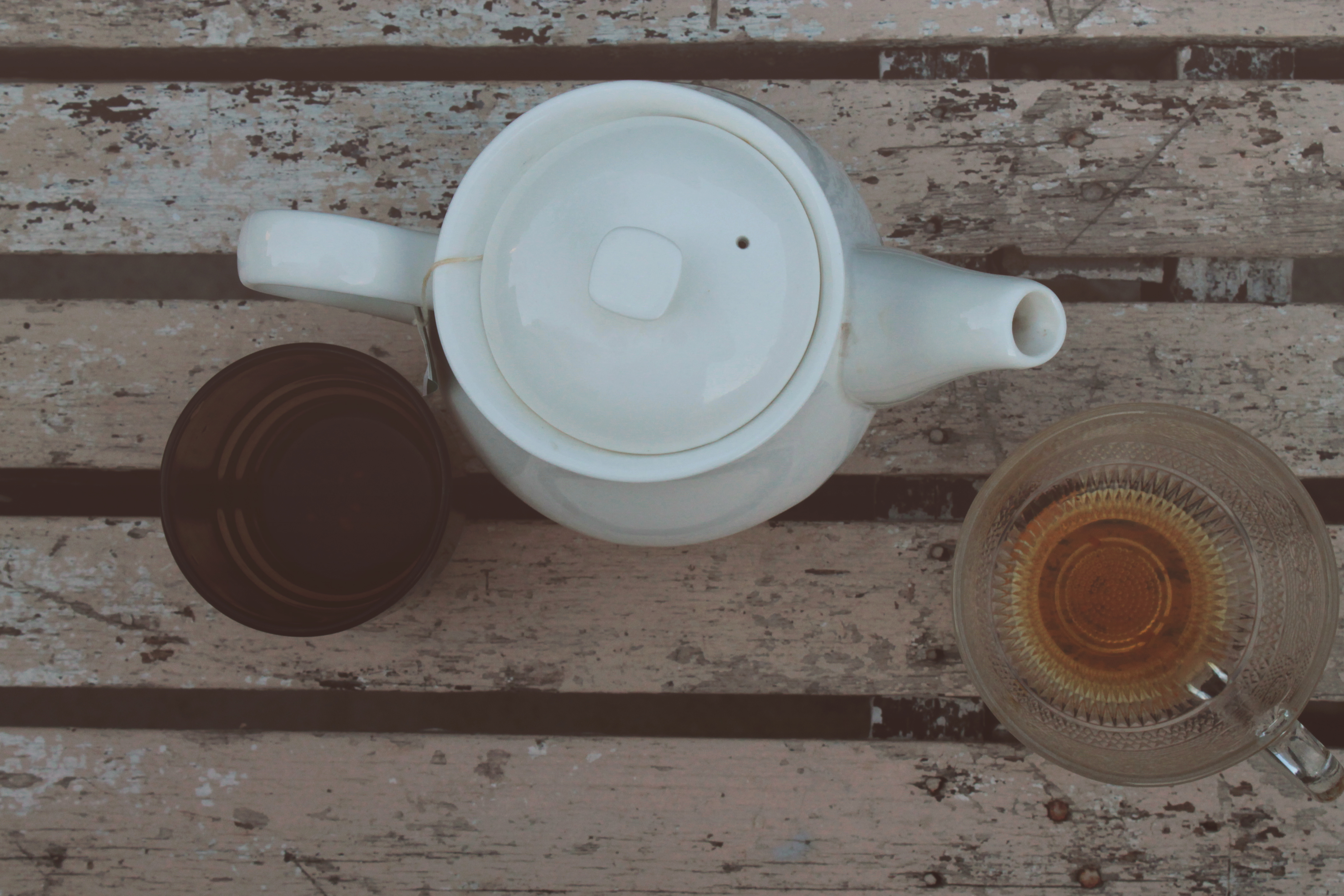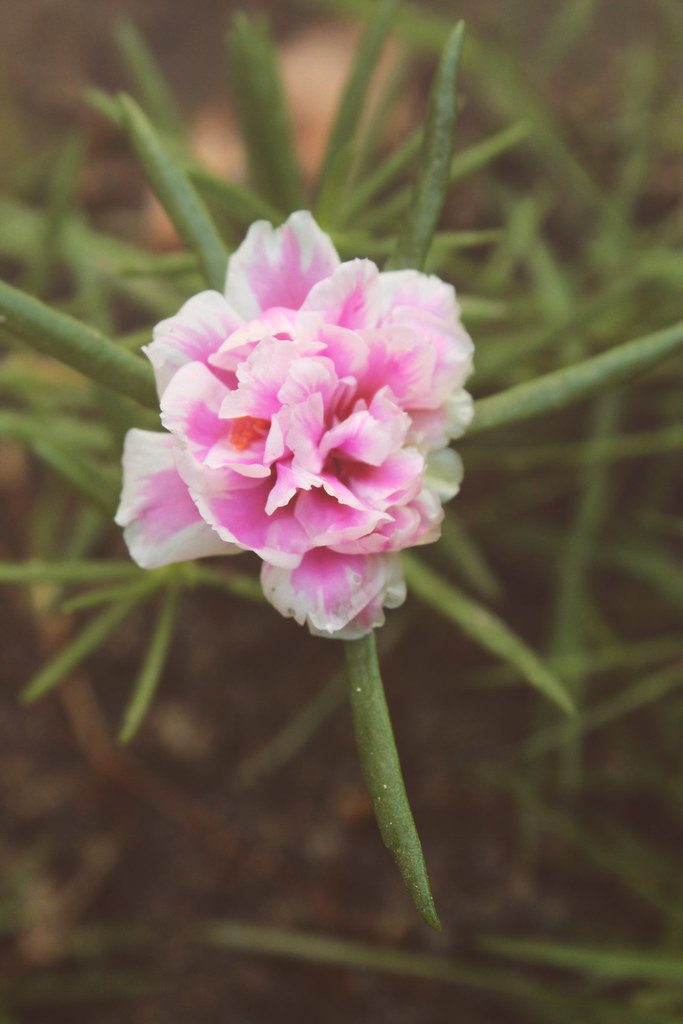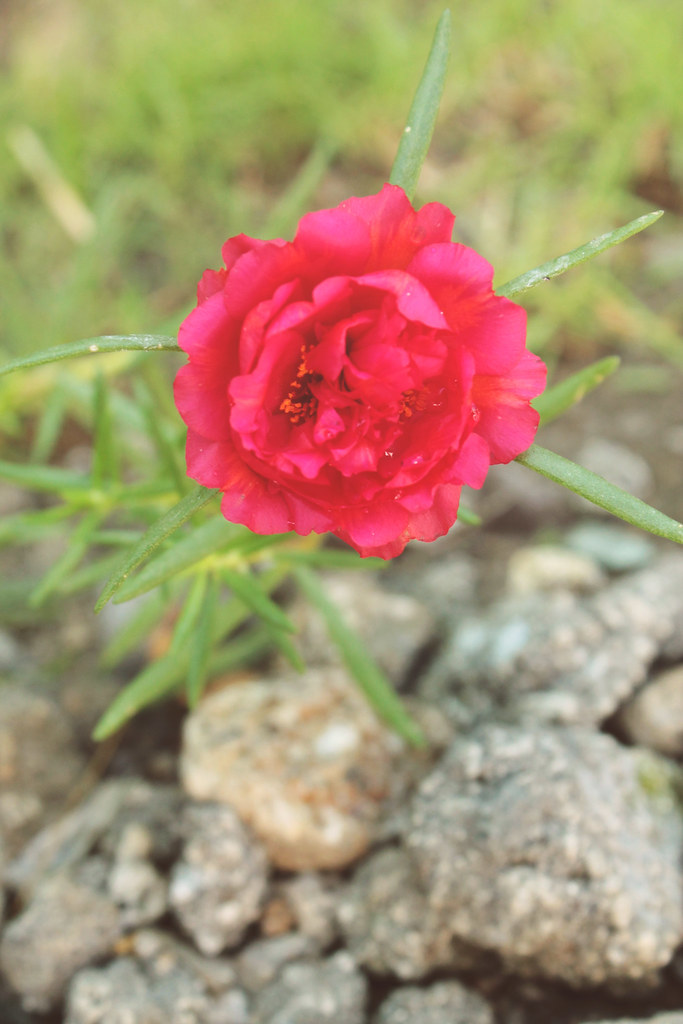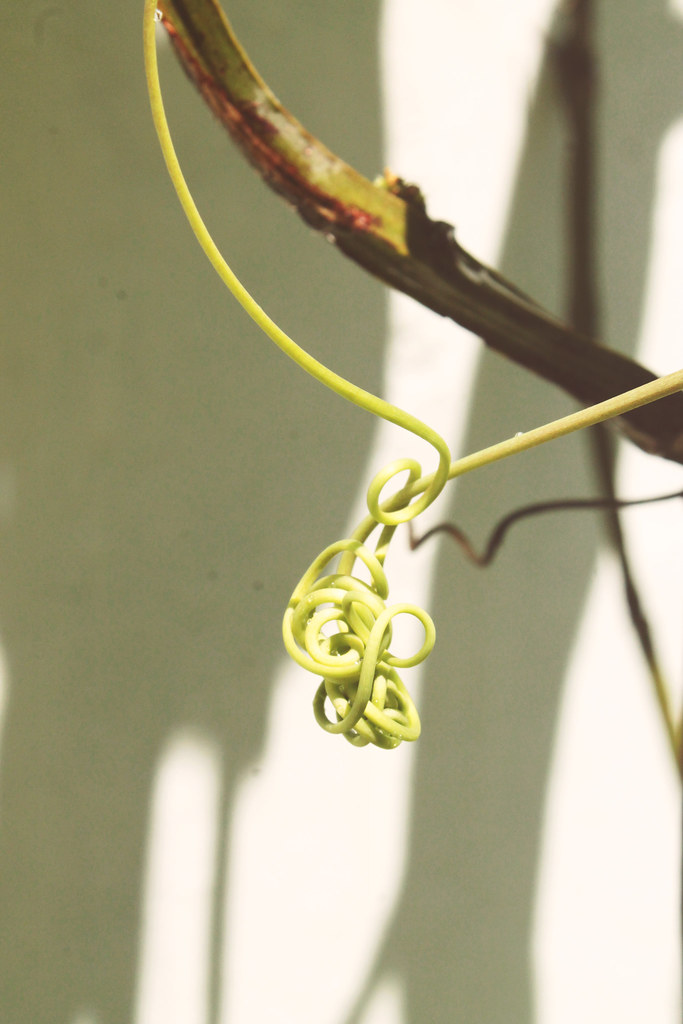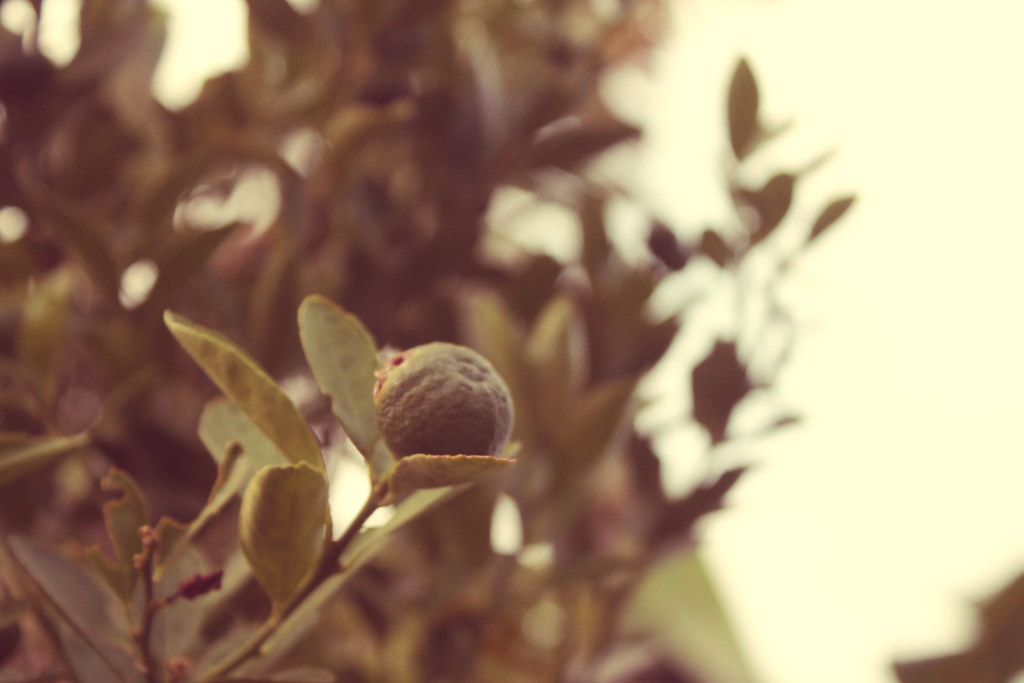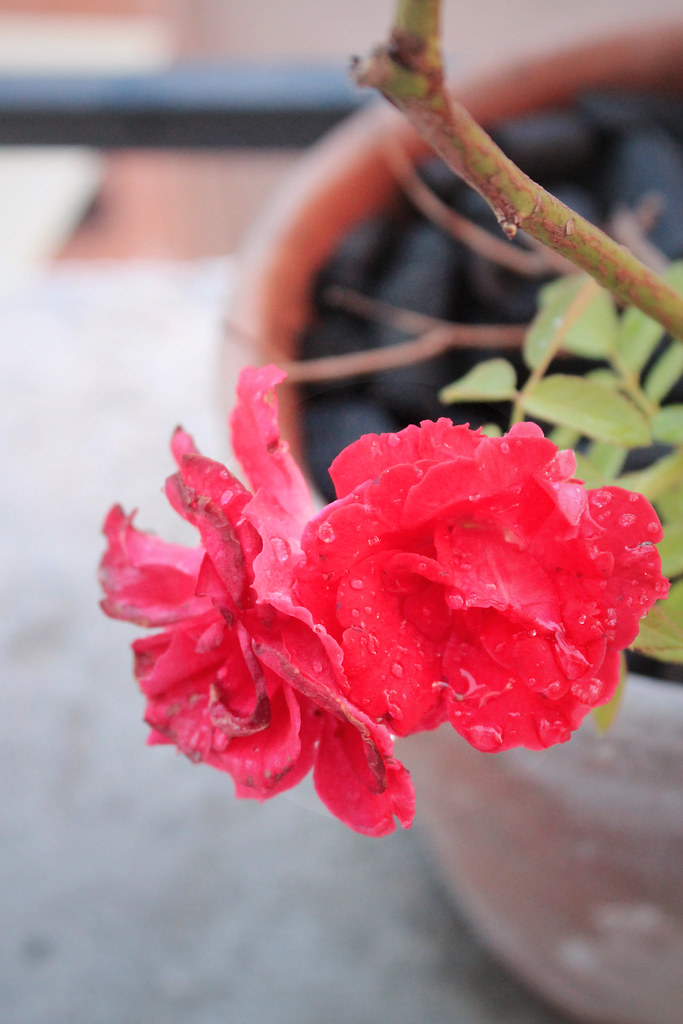23 October 2015
17 October 2015
Farm, F.Blanca
Selected photos taken from the farm at F.Blanca, near the mosque.
Pomelo fruit and foliage / Wild Candytufts / Rows of Chili plants / Silk Squash / Young Okra / Rice almost ready for harvest / Ducks trio bathing at the pond
Pomelo fruit and foliage / Wild Candytufts / Rows of Chili plants / Silk Squash / Young Okra / Rice almost ready for harvest / Ducks trio bathing at the pond
13 October 2015
Sunday Market, Baguio City
Last Sunday, we took a short visit up at the mountain city of Baguio. We spent only a few hours strolling at the town since it was cut short due to the rain. At the last journal update, I had featured a few photos from Burnham Park a week before the flower festival, but for this post are photos taken at the Sunday Market. It's not yet vacation time so not much crowds or traffic were encountered, and the weather was just as cool except for the inconvenience of the rain. I requested my mom to buy me a bunch of watercress, and upon arriving home, I made a salad (it's our first time to try watercress) and it resembles mustard, radish and wasabi in taste but much milder. Try watercress if you have it in your place, it's not only delicious in salads but great in nutritive value.
07 October 2015
22 September 2015
Visual Photo Journal for August and September
In between there are moments of escape to nature which I do every once in a while. I documented these escapes through these photos I took for August and September. I hope you like them.
Visiting the lush greenery at F.Blanca. The cat shown likes eating small chicks so the people keep chasing him away.
A pot of gorgeous Portulacas make my mornings, making lecture notes and a couple of interesting titles I borrowed at the library.
Swimming at the sea on a rainy Sunday afternoon.
Visiting the lush greenery at F.Blanca. The cat shown likes eating small chicks so the people keep chasing him away.
A pot of gorgeous Portulacas make my mornings, making lecture notes and a couple of interesting titles I borrowed at the library.
Swimming at the sea on a rainy Sunday afternoon.
21 August 2015
Working Memory Load and Distraction: Dissociable Effects of Visual Maintenance and Cognitive Control – An Article Review
*Italics are directly quoted from the article.
For this review, I chose an article entitled, Working memory load and distraction: dissociable effects of visual maintenance and cognitive control authored by Nikos Konstantinou, Eleanor Beal, Jean-Remi King and Nilli Lavie. The article was published on the Journal of Attention, Perception and Psychophysics (2014) and was available online on 2 August 2014 at Springerlink. After browsing through some of the contents, I chose the article entitled above because it is related to my current field of interest, cognitive science – which is also considered to be a vital discipline associated with psychology especially in terms of assessment and research.
The study focused not on a single topic, rather on a combination of interrelated factors which it simultaneously explored while drawing insights from previously conducted studies and experiments. Based from the earlier researches and backgrounds on both cognitive psychology and experimental neuroscience, it formulated a number of hypotheses and a series of experiments, the results of which ‘confirmed load theory predictions that provided a novel functional distinction between the roles of working maintenance and cognitive control in selective attention.’ It ‘enhanced the understanding of how working memory and selective attention interact. Working memory load can be either detrimental or beneficial to focused attention, depending on whether maintenance or cognitive control functions are loaded.’
In order to understand the back-drop upon where the study is based, I quote from the introduction which I take to be its main premise,
The extent to which selective focused attention allows people to successfully ignore irrelevant distractions is central to our understanding of attention and cognitive control.
It is now well established that the ability to ignore irrelevant distractions is not determined just by the intention to be focused or by the separability of the target and distractor stimuli, but also by the level and type of processing load involved in the current task.
Working Memory (WM) is the main theme of the study. It is a complex system of two functions, namely: [a] Executive cognitive control and [b] Visual maintenance. Executive cognitive control functions are typically revealed in tasks related to verbal working memory, while Visual maintenance functions are exhibited through visual and spatial working memory tasks. It is these two functions of Working Memory (WM) that the study aimed to investigate: how can they be dissociated (differentiated, separated) through the opposite effects of load on selective attention?
Hence, it is through this dissociation (differentiation, separation) of the two functions of Working Memory (WM) that a distinct variable had to be manipulated: load on selective attention. The study therefore takes on an Experimental Approach in order to test its presumed hypotheses stated on the introduction and on the beginning of each experiment— and in order to achieve this, had to First: operationally define the two functions of Working Memory (WM) and in what activity can they be exhibited and measured; and Second: in what manner can load on selective attention be performed on each Working Memory (WM) function, and what specific tasks are to be undertaken (or how the load can be manipulated) in order to find the dissociable effects of load and eventually, distraction.
How Working Memory (WM) had been divided into two functions and how the presumed variable would have effect or effects of dissociating or differentiating the two was based on a theory proposed in Lavie’s load theory which ‘applied a capacity approach to selective attention, while taking into account the role of priority-based Working Memory (WM) control. Load on Working Memory (WM) cognitive control functions also plays an important role. Conditions of high Working Memory (WM) load that reduce its availability to exert priority-based control over the task result in increased processing of irrelevant distractors (due to the reduced distinction between relevant and irrelevant information). Thus, Working Memory (WM) load has the opposite effect on distractor processing to that of perceptual load (e.g., Lavie, 2005; Lavie et al., 2004).’
The experiments on the study were divided into two sets, each set containing two separate experiments. Experiment 1 was divided into 1a and 1b, while Experiment 2 was divided into 2a and 2b— all of which were conducted in a controlled manner.
Experiment 1 was intended to measure the effects of a manipulated load to Visual short-term memory (VSTM) - a Working Memory (WM) function on visual maintenance. For this experiment, the hypothesis of the study was ‘that loading sensory visual representation capacity by manipulating either VSTM maintenance or encoding would lead to reduced distractor.’ Experiment 2 on the other hand, measured the effects of manipulated load on the tasks exhibited by the executive cognitive control-Working Memory (WM) function. The hypothesis for the 2nd set of experiments was also the same as in experiments 1, ‘that increased VSTM load through higher set size would increase demands on visual representation capacity, and thus, lead to reduced distractor processing.’
The study is a dynamic exploration of seemingly abstract concepts: working memory, executive cognitive control, visual maintenance, load, distraction. But it was able to quantify and measure and find relationships between the concepts not merely in linguistic terms but on an experimental level which I think is a breakthrough extending to the continuum of the previous studies upon which it was based.
It not only confirmed previous findings (provide a new line of support for the dissociation between Working Memory [WM] functions of storage and cognitive control e.g., Baddeley, 1996; Repovs & Baddeley, 2006; Smith & Jonides, 1999) but extended them, specifically the load theory – to accommodate the effects of different types of Working Memory (WM) load on selective attention.
Based from the results, two conclusions were generated: [1] Loading visual maintenance or encoding by increased set size for a memory sample of shapes, colors, and locations lead to reduced distractor response competition effects; and [2] loading working memory cognitive control with verbal rehearsal of a random letter set led to increased distractor effects.
Aside from sometimes confusing technical terms, I would suggest that the authors to have specifically defined the variables of the study. There is a removal of terms for example, ‘executive cognitive control’ becomes ‘cognitive control.’ There is a tendency for the reader to mistake both terms as corresponding to entirely different concepts. Terms such as ‘distraction,’ ‘load,’ ‘maintenance,’ ‘distractor congruency,’ etc. were all included in the experiments and data analysis and discussion but they were not exactly defined or on what specific context from the previous and present study they are to be understood or how they are made manifest in the experimental activity. Critique aside, the study is a breakthrough.
It is further recommended for future studies like this to utilize brain imaging results that would simultaneously be conducted with the participants during the experiment proper, and the results analyzed and correlated synchronously.
20 August 2015
Quick Book Review: Islamic Awakening Between Rejection and Extremism
 Islamic Awakening Between Rejection and Extremism (Issues of Islamic Thought, No. 2) by Yusuf al-Qaradawi - يوسف القرضاوي
Islamic Awakening Between Rejection and Extremism (Issues of Islamic Thought, No. 2) by Yusuf al-Qaradawi - يوسف القرضاويIn this thoughtful work, Yusuf al Qaradawi addresses many of the issues of what most Muslims, especially the youth (in their vulnerable years in studying their religion to solidify their purpose and identity) encounter within themselves, the Islamic tradition, and the communities that they belong to.
While inevitable inner and environmental conflicts occur, for example the tendency to establish certainty in matters of religious belief and practices some eager young Muslims resort to extreme and rigid views and lifestyle and want to impose it in a radical manner to others, while some who may find some interpretations of the religion to be incompatible to their lifestyle or perceived reality and orientation might choose to abandon it altogether.
Dr. Qaradawi gives fatherly advice to young Muslims to the true essence of Islam by drawing examples from how the Prophet (pbuh) dealt with matters that required tact and wisdom, as well as examples from his Companions of how they resolved differences and made decisions that are based on sound judgment and in accordance to the noble principles of Islam. Also included were situational examples of how conflicts among Muslims occurred over trivial matters which are the result of differences that should have been overlooked if those involved understood the essence of flexibility, respect and tolerance in Islam.
This is a must read and timely treatise (even though it was written many years ago) for the Muslim youth who are striving to balance worldly pursuits, faith, and religious endeavors in advocacy for beneficial change.
17 August 2015
Moss Roses, 10 O'clocks, Portulaca Grandiflora
If there is a garden plant that I enjoy tending nowadays, it is the Portulaca or what we usually call, 'A las diyes' (10 O'Clocks) in Filipino. Since a few cuttings were transferred to the garden, the flowers had been blooming steadily. As of now, there are six varieties and all of them are beautiful. They thrive in even the harshest conditions (hot weather and continuous rains). Every morning, new blooms line the rocks and pathways, and they are truly an inspiration for the day ahead. They can be grown from seeds or simply from cuttings and they don't require much maintenance except appreciation.
05 August 2015
Those who might be tempted to give way to despair should realize that nothing accomplished in this order can ever be lost, that confusion, error and darkness can win the day only apparently and in a purely ephemeral way, that all partial and transitory disequilibrium must perforce contribute towards the greater equilibrium of the whole, and that nothing can ultimately prevail against the power of truth.- Rene Guenon, Crisis of the Modern World (1927)
Conversation with Tariq Ramadan: Challenges Faced by Muslim Women
This lecture/interview is a crucial wake-up call to examine how Muslim women are
being treated socially and interpretively within the Muslim tradition.
Professor Tariq Ramadan discusses crucial issues that are not only being
used as instrumentation of anti-Islamic propagandists, but are also
projected within Muslim societies and classical scholarship.
28 July 2015
27 July 2015
A Rainbow, A Mushroom and Some New Adjustments
Above are some photos I took lately. At home I maintain two small plots of gardens and it's been raining a lot lately, the grass needed to be trimmed and some mushrooms grew at the lawn. The rainbow was taken yesterday afternoon, Long-tail Baby has a new favorite place which is a shoe rack, and my potted Basil has been blooming with some white flowers.
09 July 2015
Grief, Authenticity and Hope: A Reflection from the Story of Prophet Jacob
As the blessed month of Ramadan is nearing its end, I would like to share a story that is encountered in the Qur'an which has a profound message for those who are experiencing sadness, disappointment, and frustration in life. It is about Prophet Jacob (peace be upon him) and what he felt when he lost his dearest son, Joseph.
When we lose something or fail at an endeavor that we are working hard to achieve, the pain can oftentimes be too much that it is beyond our control. We may attempt to hide it to others, try to dismiss it or turn to distractions, or those around us would snap us and say, 'just move on with it'. But failing to acknowledge the loss and the pain that it brings only artificially covers it. It will manifest on other forms because it remained unacknowledged.
When Prophet Jacob lost his son, he fell in a state of immense grief. He was told that his son was killed but he knew that it was a lie, and by Divine revelation, firmly believed that Joseph is still alive. He cried day and night, life almost stopped for the old man. It was by being a father and a human being that he felt this need to grieve and be sad. He did not fight it back, or erase it on his memory just to move with the ebb of life. The mere fact that he knew that his son is alive but not knowing how he is, when will he be coming back or will he be still reunited with him only added to the difficulty that he felt.
It was all too much for him that he lost his eyesight. Sadness, year after year passed. But there is still no news for Joseph. The father waited and waited, with grief and hope that he will still be reunited with his son. Until one day, when it was almost over - that the shirt of his long-awaited was cast on his face and his sight returned. And eventually the vision of the dream was fulfilled and so was the truth and his family reunited.
Denying someone the time to grieve is like refusing to give air to a suffocating person. Not acknowledging the reality of loss and sadness and trying to cover it up with something else is like setting a time bomb that will explode anyway.
Prophet Jacob mourned because he loved his son dearly, and his disappearance meant that his love seems to have been thrown out of nowhere. Gone is the son who is the object of his affection. He cannot express it anymore, and that loss of the beloved cannot be replaced anymore because of its unique place in the heart of the father. There is no closure. It will not let go, and will not forget because of the certainty that his son is still alive, that the vision that was relayed to him was not yet fulfilled.
This is the case with many of us. The reason why we experience this almost endless pain is that we continue to hold on to what is dear to us. We are hoping that there is still a chance that we will regain what we lost or overcome the disappointments that occurred which happened beyond our control. And so we take the time to grieve, to reflect how it might have been, to acknowledge, to find meaning and to gain once more the will to move forward despite the pain.
Prophet Jacob never lost hope despite his grief, nor did he turned his back on life. He remained firm in his faith, he constantly turned to God, and to him he relayed his condition. He did not pretend to be strong by denying his sadness. He showed it to his family and those around him how he missed his son so much, and how he is waiting for the day that he will return. He remained authentic and true to his feelings and to his condition, there was no need to pretend or hide his weakness. Despite his lofty standing as a Prophet of God, he did not manipulate what he felt within himself and his vulnerability out of fear of people's judgment. It was his genuineness as a human being that he exemplified, staying true to ones present condition, of not caring the insult or malice of others.
There was no need to put on a mask to display a facade of false strength. It was this acknowledgment of grief, sadness and the presence of pain that Prophet Jacob exemplified: a reminder when frustrations and disappointments come almost on a daily basis. A trait that humanity in these approval and fame seeking times are compromising - authenticity. There is always a time and a need to grieve and be sad, to be true to oneself and to others, to acknowledge the existence of pain and loss, and yet in the midst of what seems to be the impossible - to never lose hope.
27 June 2015
14 June 2015
Ramadan to-do List
- Recite and reflect on the Qur'an.
- Perform prayers on time and night prayer vigils.
- Avoid doing prohibited actions, evil speech, spreading ill-will.
- Ignore base thoughts.
- Avoid wasting time on unimportant matters / activities.
- Increase Dhikr.
- Seek forgiveness (Istighfar) and repentance (Tawbah).
- Maintain good ties with people, especially with parents and family.
- Spread greetings of Salam.
- Give charity (including a good word or a smile to others).
- Seek refuge from the evil of oneself and protection from harmful / detrimental trials.
- Increase ones knowledge but maintain humility.
- Join congregations in prayer.
- Constantly seek nearness to Allah and pray Du'a.
- Be conscious of ones intentions and solely direct them sincerely (Ikhlas) to Allah.
03 June 2015
28 May 2015
27 May 2015
New Chapter

I'm on my way to graduate school. Finally, after five turbulent years and procrastination, I'm pursuing my MA in clinical psychology. Two more steps before admission, including an interview tomorrow afternoon, kindly include me in your prayers.
Photo Collections
Cats | Art Gallery | Books | Food & Drink | Travel | Quotes | Architecture | Nature & Garden
Labels
Baguio Series
(15)
art
(70)
book excerpt
(57)
essay
(36)
food
(39)
ideals
(148)
insights
(97)
introspection
(35)
med school
(10)
monthly photo snippets
(27)
notes
(31)
photography
(218)
places
(127)
poetry
(1)
psychology
(43)
recipes
(9)
review
(31)
science
(10)
travel
(76)

